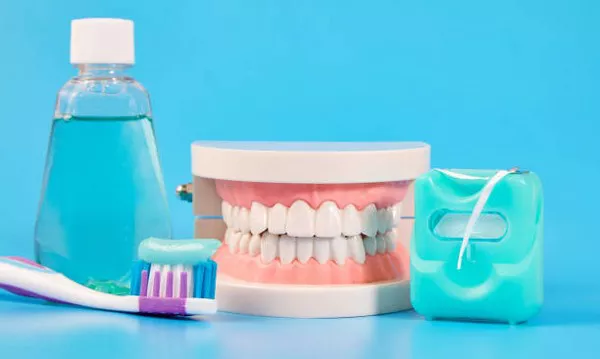In the realm of dental health and oral hygiene, two terms frequently emerge: periodontitis and gingivitis. Both are types of gum diseases that can have significant implications for your oral health. In this comprehensive article, we’ll explore the key differences between these two conditions, offering insights into their causes, symptoms, treatment options, and preventative measures. So, let’s delve into the world of periodontitis and gingivitis, and learn how to protect your precious pearly whites.
1. Gingivitis: The Early Stage of Gum Disease
Gingivitis, the milder of the two conditions, is often considered the precursor to periodontitis. It primarily affects the gum tissue surrounding the teeth. Gingivitis is characterized by the inflammation and bleeding of gums, especially during brushing or flossing. Here’s what you need to know:
a. Causes of Gingivitis
Gingivitis is primarily caused by the accumulation of plaque, a sticky film of bacteria, on the teeth. Poor oral hygiene, smoking, certain medications, and systemic diseases can increase the risk of developing gingivitis.
b. Symptoms of Gingivitis
Common symptoms include red, swollen, and tender gums, as well as bleeding when brushing or flossing. Bad breath is also a common side effect.
c. Treatment and Prevention of Gingivitis
The good news is that gingivitis is reversible with proper dental care. Regular brushing, flossing, and professional dental cleanings can help manage and prevent gingivitis. A balanced diet and avoiding tobacco products are also crucial for preventing its onset.
2. Periodontitis: A Serious Gum Disease
Periodontitis, on the other hand, is an advanced stage of gum disease and represents a more severe threat to your oral health. It affects not only the gum tissue but also the underlying bone that supports the teeth. Here’s a closer look:
a. Causes of Periodontitis
The primary cause of periodontitis is the progression of untreated gingivitis. Plaque buildup, poor oral hygiene, and certain risk factors like genetics, smoking, and diabetes contribute to its development.
b. Symptoms of Periodontitis
The symptoms of periodontitis include deep gum pockets, gum recession, loose teeth, and in some cases, pus formation between the teeth and gums. It can also lead to tooth loss if left untreated.
c. Treatment and Prevention of Periodontitis
Treatment for periodontitis typically involves a more aggressive approach. This may include deep cleaning procedures, scaling and root planing, and in severe cases, surgical interventions. Regular dental check-ups, proper oral hygiene, and a healthy lifestyle can help prevent periodontitis.
3. The Interconnection: From Gingivitis to Periodontitis
Understanding the progression from gingivitis to periodontitis is vital for maintaining your oral health. Gingivitis is the initial stage, and if not managed, it can evolve into periodontitis. Here’s how they are interconnected:
a. Gingivitis as a Precursor
Gingivitis is the warning sign that your gums need attention. If you ignore it, the inflammation can spread deeper into the supporting structures of your teeth, leading to periodontitis.
b. Importance of Early Intervention
Early detection and management of gingivitis are crucial. Timely treatment can prevent it from advancing to the more severe and damaging stage of periodontitis.
c. Consistent Oral Care is Key
Consistency in maintaining proper oral hygiene practices is the most effective way to prevent both gingivitis and periodontitis. Regular dental check-ups are essential for early diagnosis and intervention.
4. Data-Driven Insights
According to the American Academy of Periodontology, about 47.2% of adults aged 30 and older in the United States have some form of periodontal disease. Of this group, 8.7% have moderate periodontitis, and 5.1% have severe periodontitis. Gingivitis is even more prevalent, affecting a larger portion of the population.
5. Lifestyle Choices and Their Impact
Several lifestyle choices can significantly affect your risk of developing these gum diseases. Smoking, for example, is a major risk factor for both gingivitis and periodontitis. On the other hand, maintaining a balanced diet, rich in nutrients, and low in sugary foods can help prevent gum diseases.
6. Conclusion: Prioritize Your Oral Health
In conclusion, the difference between periodontitis and gingivitis lies in their severity and impact on your oral health. Gingivitis is the early, more manageable stage, while periodontitis is a more advanced condition that requires extensive treatment. Prioritizing regular dental check-ups, maintaining excellent oral hygiene, and adopting a healthy lifestyle can go a long way in protecting your gums and teeth from these common gum diseases.
Related Links:
How to fight gingivitis fast?
How to prevent gingivitis from getting worse?
How to get rid of bleeding gums naturally?





























